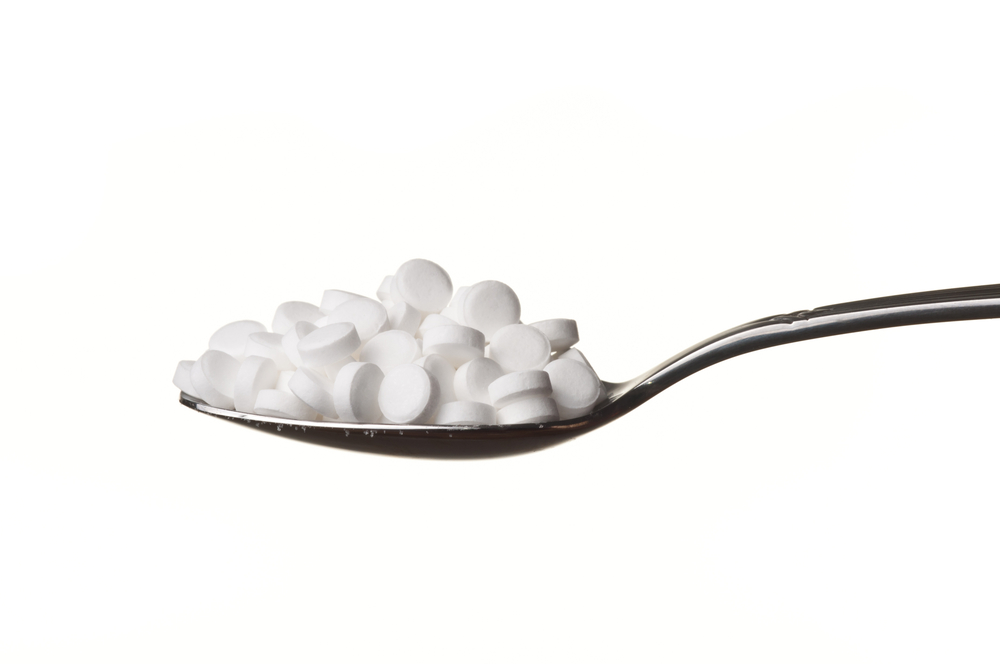 A recent study led by Robert McKenna from the University of Florida says that an artificial sweetener, once considered a possible carcinogen, might lead to new treatments to address aggressive types of cancer such as lung cancer. The results of this research project were presented during the 249th National Meeting & Exposition of the American Chemical Society (ACS).
A recent study led by Robert McKenna from the University of Florida says that an artificial sweetener, once considered a possible carcinogen, might lead to new treatments to address aggressive types of cancer such as lung cancer. The results of this research project were presented during the 249th National Meeting & Exposition of the American Chemical Society (ACS).
The specific artificial sweetener contains as main ingredients, Sweet Twin®, Sweet ‘N Low® and Necta® (the so-called saccharin) and was proven to have more health benefits than just to keep waistlines thin.
This new scientific research indicates that the sugar substitute has the potential to lead to the development of new drugs capable of fighting aggressive and hard-to-treat cancers without severe side effects.
This project assessed how saccharin binds to other molecules and deactivates a common cancer protein called carbonic anhydrase IX, a relevant factor involved in both growth and spread of not only lung cancers but also breast, pancreas, kidney, liver and brain cancers, as it promotes metastasizes formation. Researchers intend to create saccharin-based approaches that might slow the growth of tumors, rendering them less resistant to radiation or chemotherapies.
Carbonic anhydrase IX is not found in healthy tissues, making it a very promising and specific anti-cancer target. Unfortunately, there are other carbonic anhydrase proteins that are required for the proper function of the organism, and it has been difficult to address carbonic anhydrase IX without affecting all other carbonic anhydrase — this is where saccharin has revealed to be crucial.
Previous studies found that saccharin inhibits carbonic anhydrase IX, but does not affect the function of all other 14 carbonic anhydrase proteins vital to human survival. Based on this discovery, Dr. Sally-Ann Poulsen from the Griffith University in Australia created a compound composed of a molecule of glucose chemically bound to saccharin; it reduced the quantity of saccharin required to inhibit carbonic anhydrase IX and the compound was about 1,000 times more likely to link to the enzyme then to link to saccharin.
Through X-ray crystallography, McKenna and his team managed to assess how saccharin links to carbonic anhydrase IX, and what is the best way in which saccharin-based compounds might be used to enhance its anti-cancer properties.
Researcher Robert McKenna said in a press release: “It never ceases to amaze me how a simple molecule, such as saccharin — something many people put in their coffee everyday — may have untapped uses, including as a possible lead compound to target aggressive cancers. This result opens up the potential to develop a novel anti-cancer drug that is derived from a common condiment that could have a lasting impact on treating several cancers.”


